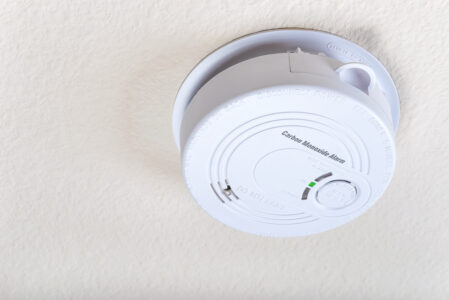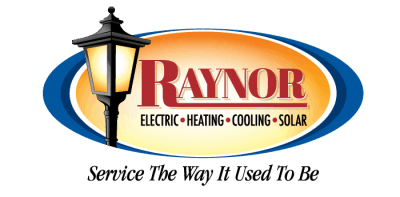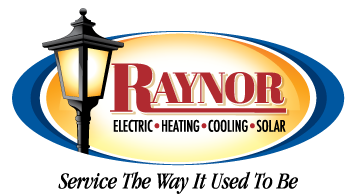
Protect Your Family’s Safety
First and foremost, the main reason to have a carbon monoxide detector in your home is to keep your home and those in it safe. Carbon monoxide poisoning can lead to serious health problems, including headaches, nausea, dizziness, confusion, and, in severe cases, even death. As the silent killer, you may not realize there is a leak until it’s too late. A CO detector serves as your family’s early warning system, alerting you to the presence of the gas before it becomes a life-threatening situation.
Sources of Carbon Monoxide in a Home
Carbon monoxide production is an unfortunate fact of life for many of us. It’s formed from a variety of areas within the home, including:
- Heating Systems: Gas or oil furnaces, boilers, and water heaters can produce excess CO if they malfunction or aren’t adequately maintained.
- Fireplaces and Wood Stoves: Incomplete combustion in wood-burning fireplaces or stoves can release CO into your home.
- Gas Stoves and Ovens: Faulty or improperly adjusted gas appliances can emit carbon monoxide.
- Generators and Grills: Using generators or grills indoors or near open windows can introduce CO into your living space.
- Blocked Vents: Blocked or improperly vented chimneys, flues, and exhaust systems can trap carbon monoxide indoors.
- Idling Cars: Running a vehicle in an attached garage or near open windows can lead to CO seeping into your home.
Early Detection Saves Lives
Carbon monoxide is odorless and invisible, making it impossible to detect without a carbon monoxide detector. By knowing where to install carbon monoxide detectors and placing them appropriately, you can make sure dangerous levels of CO are identified promptly. The alarm will sound when it senses CO, alerting you to the danger and giving you ample time to take action.
Where to Install Carbon Monoxide Detectors
Proper installation in areas likely to experience a carbon monoxide leak is vital to maximizing a detector’s effectiveness. The experts at Raynor Services will take the time to walk through your home’s most likely areas, but there are some key areas to consider, including:
- Bedrooms: Place a CO detector near sleeping areas so that you’re alerted if there’s a problem at night.
- Living Areas: Install detectors in living rooms and common spaces where your family spends a decent amount of time.
- Kitchen: Due to the potential for CO emissions from gas stoves and ovens, it’s important to keep a detector in the kitchen.
- Near Heating Equipment: Place a detector near heating systems to monitor potential CO emissions.
- Near Attached Garages: Installing a CO detector near an attached garage can alert you to vehicle exhaust entering the home.
Multiple Detectors for Comprehensive Coverage
It’s advisable to install multiple carbon monoxide detectors throughout your home for complete protection, especially if your home has multiple levels or a large floor plan. This ensures that any part of your home where carbon monoxide might accumulate is monitored appropriately.
A carbon monoxide detector is an essential addition to your home, providing necessary protection against the silent threat of CO. Protect your family’s safety, get peace of mind, and enjoy early detection capabilities by having the experts at Raynor Services install a carbon monoxide detector. Be aware of the potential sources of carbon monoxide in a home and take action to safeguard your loved ones. A simple carbon monoxide detector can make all the difference in keeping them safe.












